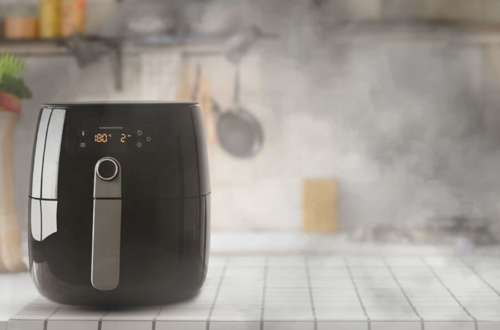API 607 vs API 608: Key Differences and Applications
# API 607 vs API 608: Key Differences and Applications
When it comes to industrial valves, understanding the standards that govern their design, testing, and performance is crucial. Two important standards in this realm are API 607 and API 608. While both are developed by the American Petroleum Institute (API), they serve different purposes and apply to different types of valves. This article explores the key differences between API 607 and API 608 and their respective applications.
## What is API 607?
API 607 is a standard that specifies the fire testing requirements for quarter-turn valves and actuators. The primary focus of this standard is to ensure that these valves can maintain their integrity and functionality when exposed to fire conditions.
### Key Features of API 607
– Fire testing requirements for quarter-turn valves
– Evaluates valve performance under fire conditions
– Ensures leakage control during and after fire exposure
– Applicable to soft-seated and metal-seated valves
## What is API 608?
API 608, on the other hand, is a standard that covers the design, materials, and testing requirements for metal ball valves. This standard is more comprehensive and focuses on the general performance and durability of ball valves in various industrial applications.
### Key Features of API 608
– Design and manufacturing requirements for metal ball valves
– Material specifications and testing protocols
– Covers both full-port and reduced-port ball valves
– Includes pressure and temperature ratings
## Key Differences Between API 607 and API 608
While both standards pertain to valves, they address different aspects of valve performance and safety. Below are the main differences:
### 1. Scope and Purpose
API 607 is specifically focused on fire testing for quarter-turn valves, ensuring they can withstand fire conditions. API 608, however, is a broader standard that outlines the general design, materials, and testing requirements for metal ball valves.
### 2. Applicability
API 607 applies to quarter-turn valves, including ball, butterfly, and plug valves. API 608 is exclusively for metal ball valves, both full-port and reduced-port designs.
### 3. Testing Requirements
API 607 mandates fire testing to evaluate valve performance under extreme heat. API 608 includes various tests such as pressure tests, shell tests, and seat tests but does not specifically require fire testing.
Keyword: api 607 vs api 608
### 4. Industry Applications
API 607 is critical in industries where fire safety is a concern, such as oil and gas, chemical plants, and refineries. API 608 is widely used in industries that require durable and reliable ball valves, including water treatment, power generation, and petrochemicals.
## Applications of API 607 and API 608
Understanding where each standard is applied can help in selecting the right valve for your needs.
### API 607 Applications
– Oil and gas refineries
– Chemical processing plants
– Fire-prone environments
– Emergency shutdown systems
### API 608 Applications
– Water and wastewater treatment
– Power generation facilities
– Petrochemical industries
– General industrial processes
## Conclusion
Both API 607 and API 608 play vital roles in ensuring the safety and reliability of industrial valves. API 607 focuses on fire resistance for quarter-turn valves, while API 608 provides comprehensive guidelines for metal ball valves. By understanding the differences and applications of these standards, engineers and procurement professionals can make informed decisions when selecting valves for their specific needs.


